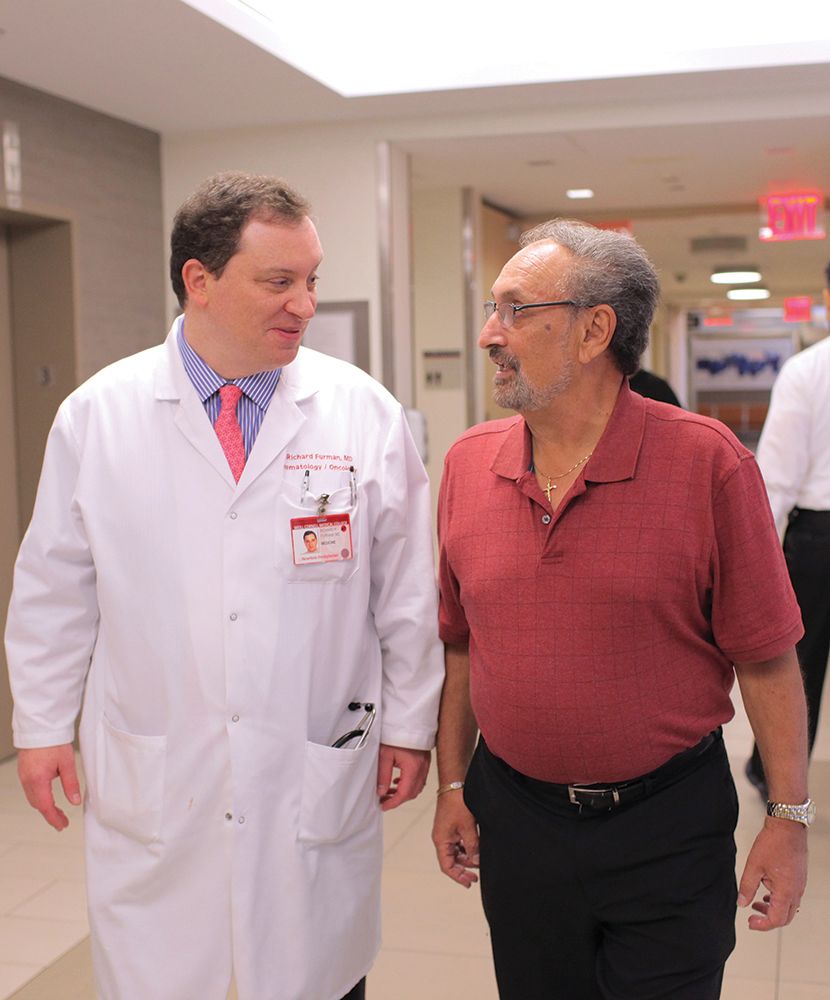Role of Transplantation in High-Risk CLL
The role of allogeneic hematopoietic stem cell transplantation (HSCT) in chronic lymphocytic leukemia (CLL) is evolving, following the approval of ibrutinib and idelalisib. Traditionally, patients with high-risk CLL (refractory to purine analogs, short response to frontline chemoimmunotherapy, and/or presence of 17p deletion/TP53 mutations) were preferentially treated with allogeneic HSCT; however, the newer agents could now fill this role, with transplant reserved until the salvage setting.
Many are now wondering if delaying transplantation could negatively affect its efficacy and if there is a point when a patient becomes unsalvageable, according to Richard Furman, M.D., featured in this video by OncLive. The development of resistant disease or Richter’s transformation could render patients with CLL unsalvageable; however, emerging recommendations suggest that patients with high-risk CLL should receive a novel agent first, to achieve disease control. If a response is not seen, transplantation is a viable option. If the patient responds, the decision should be individualized based on risk.
Genetics could be a potential indicator of heterogeneity or clonal instability, representing a greater risk for developing resistance disease, suggests Thomas J. Kipps, MD. If the patient responds to ibrutinib or idelalisib but has high-risk cytogenetics (17p deletion, TP53 mutation, or 11q deletion) they should go on to receive transplant. However, if high-risk cytogenetics are not present and the patient is older with comorbidities, it could be optimal to continue with the targeted therapy.
Dr. Furman also discusses maintenance therapy in CLL in this OncLive video.



